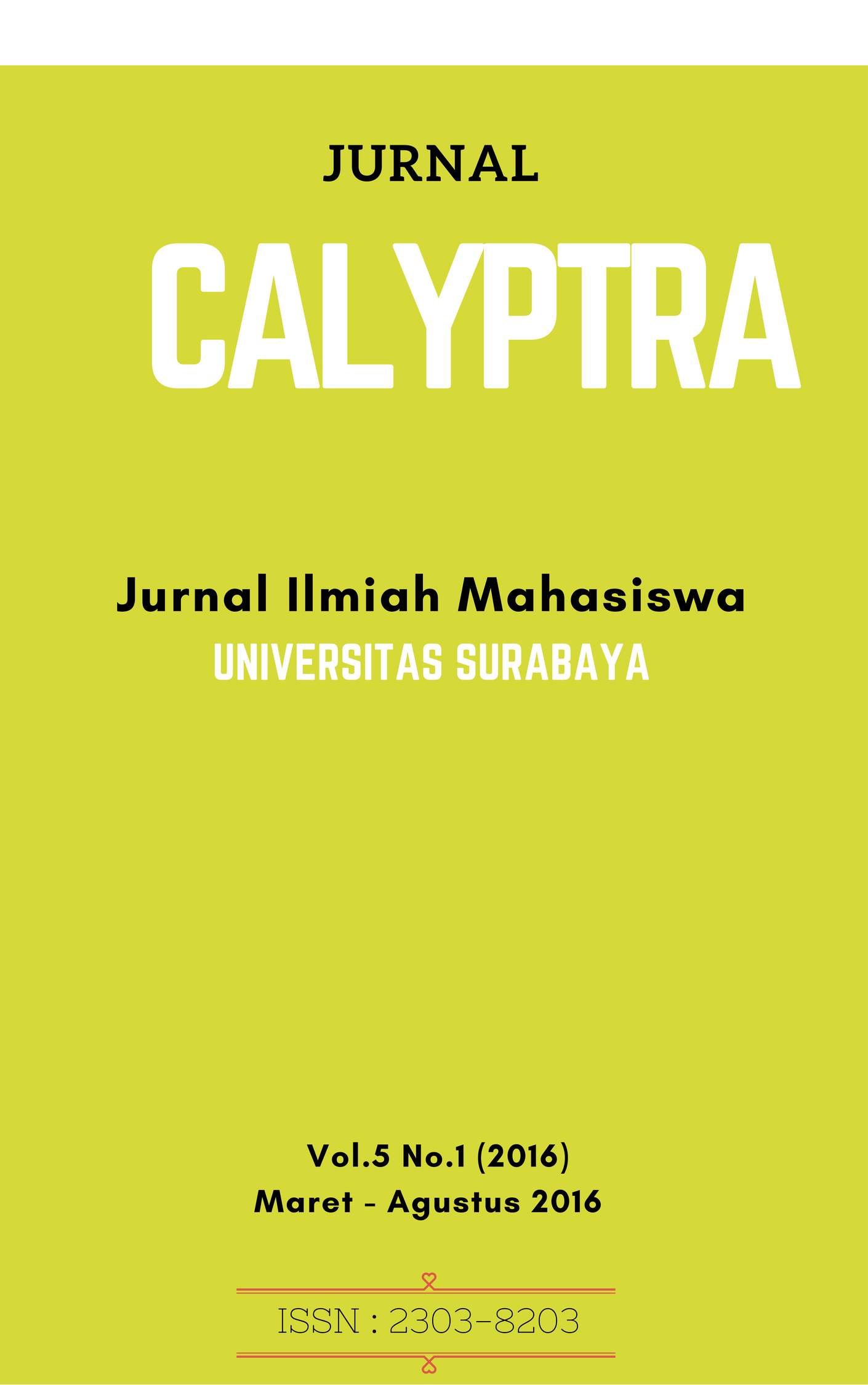THE IMPACT OF E-QUALITY TO E-LOYALTY AND E-SATISFACTION AT ZALORA
 Abstract Views:
320 times
Abstract Views:
320 times
 PDF - FULL TEXT Downloads:
763 times
PDF - FULL TEXT Downloads:
763 times
Abstract
This study aims to find out and analyze the effect of E-quality which is consists of five dimensions to E-loyalty by E-trust and E-satisfaction of Zalora company. This study used Structural Equation Modeling (SEM) with LISREL software version 8.7. Sampling technique used in this study is a non-probability sampling technique with the type of convenience sampling. This study used survey to collect data by distributing the questionnaires through online by using Google Docs. Sample of this study consisted of one hundre seventy (170) respondents .The respondents must have buy goods at Zalora and have graduated from junior high school, or the minimum age is 15. This study reveals that the E-quality is significantly and positively correlated to E-trust and E-satisfaction of Zalora company in Indonesia. Furthermore, e-trust had no significant effect to e-loyalty of Zalora company. Therefore, E-quality is the only variable that is significantly and positively correlated to E-loyalty by E-satisfaction of Zalora company in Indonesia.
Downloads
References
Anderson, Rolph and Srinivasan, Srini S. (2003), E-satisfaction and e-Loyalty: A contingency framework, Psychology & Marketing, Vol.20 (2): pp.123-138.
Chouk I. et J. Perrien, (2003), « Les déterminants de la confiance du consommateur lors d’un achat sur un site marchand : Proposition d’un cadre conceptuel préliminaire », Actes du Congrès International de l’AFM, Tunis, pp 581-593.
Coulter, K. and R. Coulter, “Determinants of Trust in a Service Provider: the Moderating Role of Length of Relationship", Journal of Services Marketing, Vol. 16, 1:35-50, 2002.
Cyr, D., Head, M., & Ivanov, A. (2009). Perceived interactivity leading to e-loyalty: development of a model for cognitive-affective user responses. International Journal Human-Computer Studies, 67, 850-869.
Davis, F.D. (1989). Perceived Usefulness, Perceived Ease of Use, and User Acceptance of Information Technology. MIS Quarterly, 13.
Dick, A. and Basu, K., 1994. Customer loyalty: towards an integrated framework. Journal of the Academy of Marketing Science 22 (2), 99-113.
Griffin ,Jill. 1995, Customer Loyalty How to Earn it How to Keep it. America : Lexington Books
Hoare, R. J., & Butcher, K. (2007). Do Chinese cultural values affect customer satisfaction? International Journal of Contemporary Hospitality Management, 20(2), 156-171.
Kotler, P & Keller, K.L. (1997). Manajemen Pemasaran Jilid I. 12th Ed. Jakarta: PT Indeks
Lee, G. and H. Lin, “Customer Perceptions of E-service Quality in Online Shopping,” International Journal of Retail and Distribution Management, Vol. 33, 2:161-176, 2005.
McKnight DH, Chervany NL (2002) What trust means in e-commerce customer relationships: an interdisciplinary conceptual typology. Int J Electron Commer 6(2):35–59
Parasuraman, A., Zeithaml, V. and Berry, L., 1985, “A conceptual model of service quality and its implications for future research”, Journal of Marketing, Vol. 49 No.4, pp. 41-50.
Ribbink, D., Riel, A., Liljander, V. and Streukens, S. (2004), "Comfort your online customer: quality, trust, and loyalty on the internet", Managing Service Quality, Vol. 14, No. 6, pp.446-56.
Oliver, R.L., 1999. Whence consumer loyalty? Journal of Marketing 63 (4), 33-44.
- Articles published in CALYPTRA are licensed under a Creative Commons Attribution-ShareAlike 4.0 International license. You are free to copy, transform, or redistribute articles for any lawful purpose in any medium, provided you give appropriate credit to the original author(s) and the journal, link to the license, indicate if changes were made, and redistribute any derivative work under the same license.
- Copyright on articles is retained by the respective author(s), without restrictions. A non-exclusive license is granted to CALYPTRA to publish the article and identify itself as its original publisher, along with the commercial right to include the article in a hardcopy issue for sale to libraries and individuals.
- By publishing in CALYPTRA, authors grant any third party the right to use their article to the extent provided by the Creative Commons Attribution-ShareAlike 4.0 International license.



